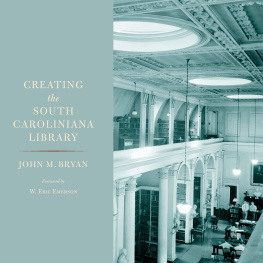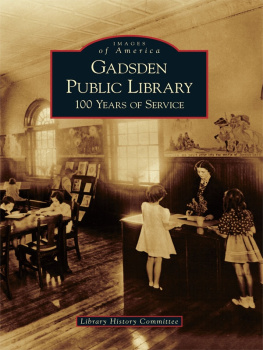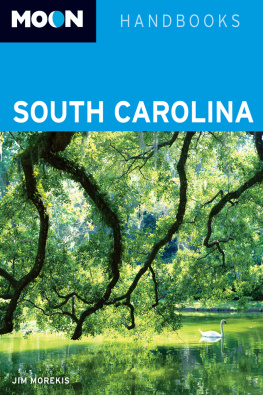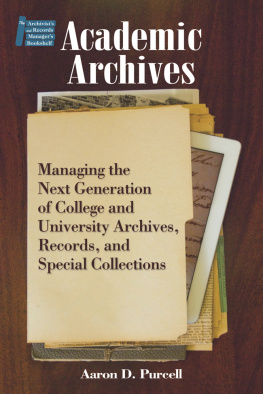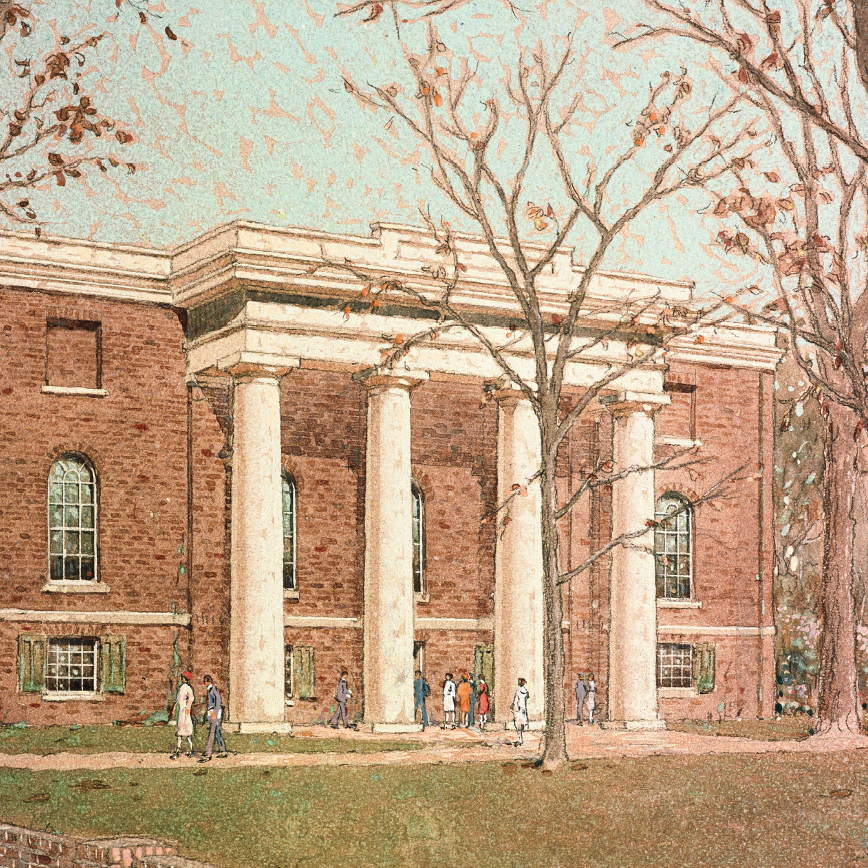Contents
Page List
Guide
CREATING theSOUTH CAROLINIANA LIBRARY
2020 University of South Carolina
Published by the University of South Carolina Press
Columbia, South Carolina 29208
WWW.USCPRESS.COM
Designed by Nathan W. Moehlmann, Goosepen Studio &Press
29 28 27 26 25 24 23 22 21 20
10 9 8 7 6 5 4 3 2 1
Library of Congress Cataloging-in-Publication Data can be found at http://catalog.loc.gov/ .
ISBN: 978-1-64336-064-5 (cloth)
ISBN: 978-1-64336-065-2 (ebook)
Frontispiece: Harry Dodge Jenkins,
University of South Carolina Library, watercolor, 1927.
To
A NNA D AVIS K ING
(19142012)
An inspiring librarian
Contents
W. E RIC E MERSON
Foreword
I N MANY WAYS, THE HISTORY OF the South Caroliniana Library mirrors the history of South Carolina. As John M. Bryan so adeptly demonstrates in this volume, the fortunes of the library at South Carolina College (later the University of South Carolina) follow closely the economic fortunes of the state. From its beginnings it benefited from a booming state economy, which was driven by profits accrued from the cultivation and sale of cash crops made possible by the toil of an enslaved African majority. With its affluence, South Carolina sought to create a state college that would educate the young men of its most prosperous planter families. Remarkably, even during this early period, the colleges library accounted for as many volumes as much older and more prestigious institutions in the North.
As the college grew, so did its reputation. That the librarys architect, Robert Mills, would for at least the next two centuries be recognized as the Palmetto States (and one of the nations) greatest architects, only enhanced the prestige of the college and the library that stood at the center of its intellectual life. This volume thoroughly documents the architectural development of the colleges libraries, with special emphasis on Millss building, which today houses the archival collections of the South Caroliniana Library. Bryans affinity for, and thorough knowledge of, his subject is evident in the historical architectural drawings and vivid descriptions that detail the substance, look, and feel of the colleges libraries.
With the outbreak of the Civil War, South Carolina College and its library, like the state, entered a period of decline. The conflict left South Carolina impoverished, and the states college suffered the neglect that accompanies any period of financial penury in state government. Reconstruction would introduce, for a brief time, a state university open to any and all South Carolina men regardless of race, but the institution struggled to survive. The end of Reconstruction brought the institutions closure, and the reopening of the college with segregated admission policies did little to reinvigorate the moribund school. The national institutions, with which South Carolina College and its library had briefly competed, outdistanced their former challenger.
Since those decades of prosperity and subsequent penury, the library has remained at the intellectual center of the colleges activities. Its twentieth-century growth and the subsequent creation of the South Caroliniana Library followed a common path taken by libraries across the nation, which sought to separate circulating materials from rare manuscript collections that focused on certain topics or geographic locations. The South Caroliniana Librarys collections would include papers and volumes related to the state, and it would join the South Carolina Department of Archives and History and the South Carolina Historical Society as one of three great manuscript repositories devoted to telling South Carolinas story.
As external forces had shaped the fortunes of the South Carolina College library during and after the Civil War, they also impacted the Universitys later efforts to collect South Caroliniana. In 1930 the University of North Carolina established the Southern Historical Collection and appointed J.

